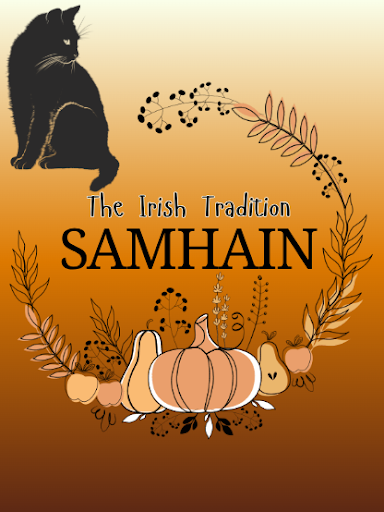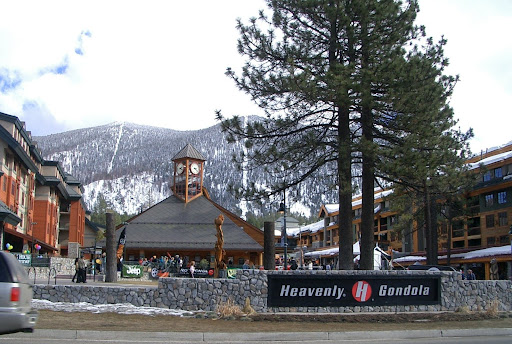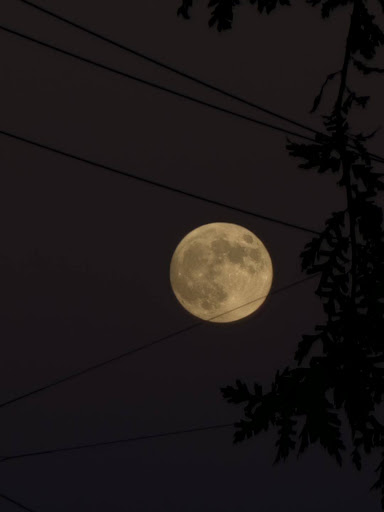As the weather finally gets colder and the leaves change, the time for the tradition known as Samhain (Saa-wn) grows nearer. This beautiful time is celebrated from Oct. 31 – Nov. 1, depending on where you live or the day you prefer to celebrate. Either way, people celebrate Samhain to welcome in the harvest and usher in the dark half of the year.
This Gaelic festival was the “inspiration” of the modern day Christian “All Hallows’ Eve,” or Halloween. The Celtic people celebrated Samhain long before Halloween even existed, so when Christianity started, they integrated many of the Samhain traditions into their new holiday.
The Traditions of Samhain
There have been many ancient, as well as modern, Samhain traditions over the many years this holiday was celebrated in Ireland and Scotland. Some of which include lighting bonfires, or sacred fires, to cleanse and purify the community. In ancient times, they had a communal flame where they would take some of the fire and bring it into their households.
Another tradition that is a key part of Samhain is honoring ancestors. This is done today by setting places for them at the dinner table or making an altar for them, much like Dia De Los Muertos in Mexico. People would often wear costumes made from animal hides to confuse mischievous spirits, which got integrated into Halloween over the years as well.
Another thing that got integrated into Halloween was carving turnips, or later, pumpkins, with faces and lighting candles inside to ward off evil spirits. This festival is also a great time to do divination, because the veil between the spirit word and this world thins.
Symbols of Samhain
The Gaelic festival of Samhain has many important symbols associated with it. Harvest items like pumpkins and apples are a big part of Samhain, as well as skulls and bones that represent death and the underworld. Believed to be guardians of the spirit realm, black cats are very important symbols too.
Crows, ravens, and owls are seen as messengers or spirit guides between worlds, representing wisdom and prophecy during Samhain. People have believed that during the time of Samhain, spirits from beyond the veil can contact the living much easier because of how thin it is this time of year.
The colors of Samhain
The traditional colors of Samhain represent the transition from the light of summer to the darkness of winter, the autumn harvest, and the earth’s bounty before the cold season.
- Black: Symbolizes the death of summer, the darkness of winter, the underworld, and the mysteries of the afterlife.
- Orange: Represents the autumn harvest, the vitality of life, and the ceremonial bonfires lit during the festival.
- Brown and gold: Represent the earth, the soil, the final gifts of the harvest before winter sets in, and the warmth of the season.
- Purple: Associated with spiritual wisdom, psychic insight, and the thinning veil between worlds, making it powerful for divination rituals.









